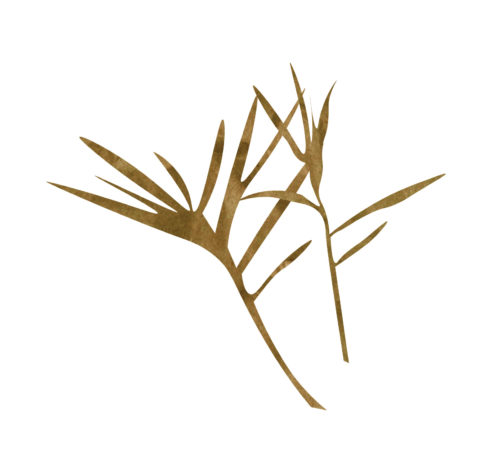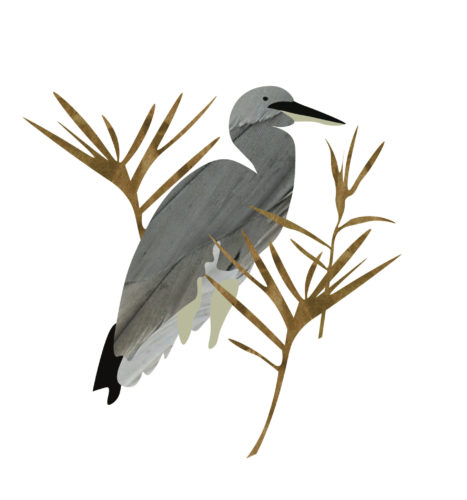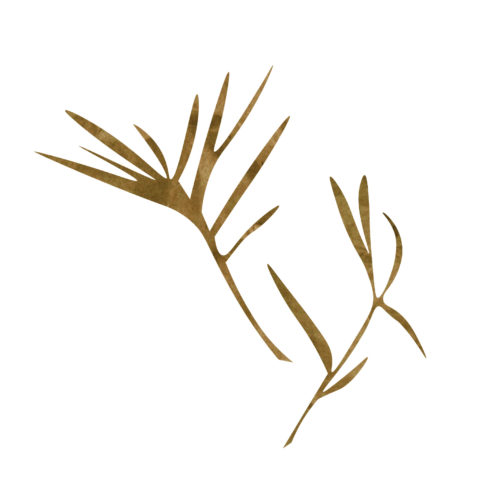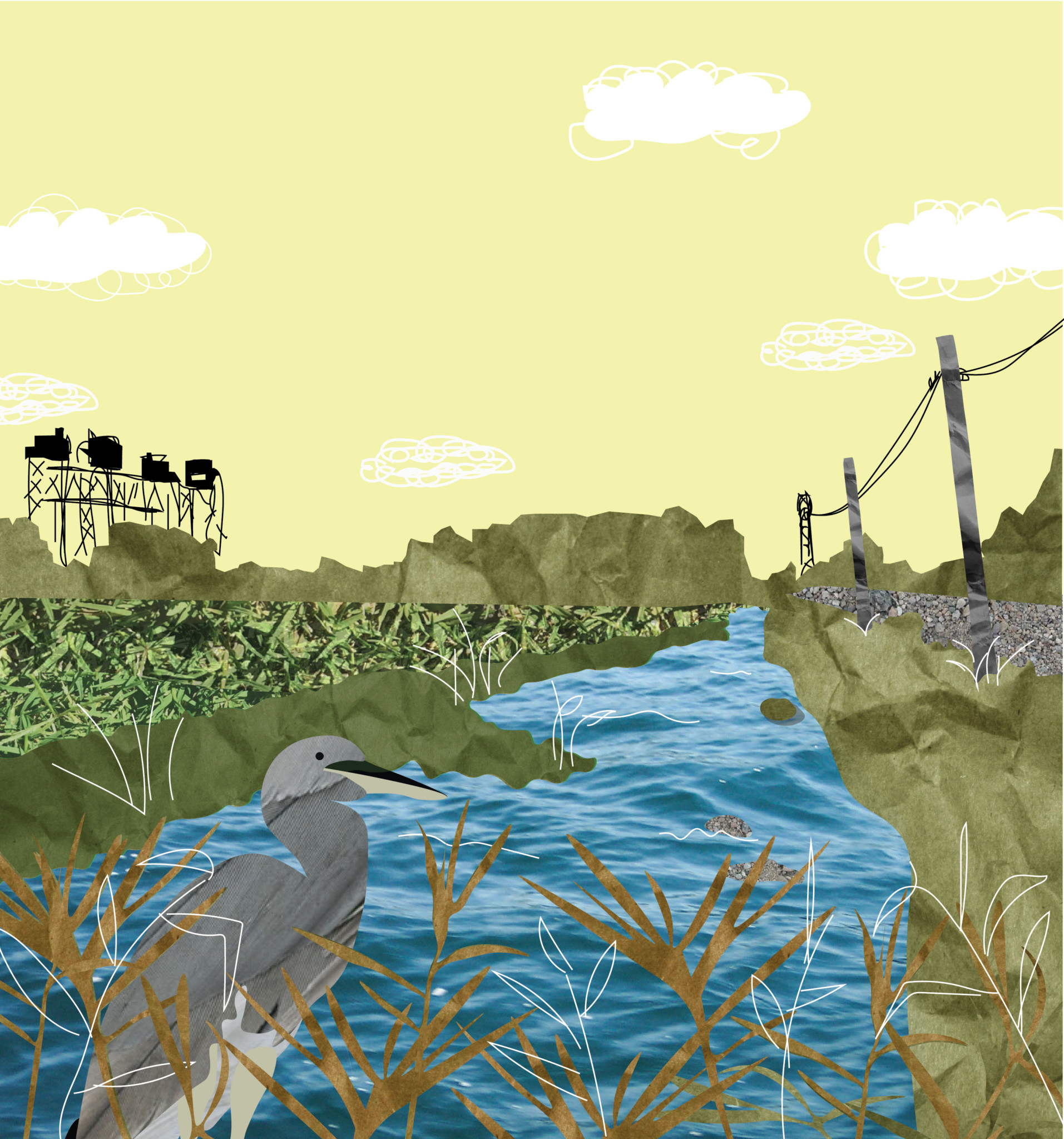Indian Ridge Marsh is not one of the Chicago Park District’s flashiest properties. It doesn’t have a basketball court, a field house, or any of the other features that draw people to parks like Marquette or Calumet. While a small gravel lot provides a few parking spots, no sidewalks lead to the park, and the nearest bus stop is nearly a mile away. Indian Ridge is a new type of park, focused on restoring the natural areas that once covered this part of Chicago.
To a driver passing on Torrence Avenue, the marsh is barely noticeable, just a vacant lot sandwiched between rail yards and factories. This seemingly insignificant patch of green, however, plays an essential role in the lives of countless native birds. Chicago sits along the Mississippi flyway, the second-largest north-south route for migrating birds on the continent. Between acres of farmland to the west and Lake Michigan to the east, Chicago’s green spaces serve as an oasis for birds traveling between Canada and New Orleans. Indian Ridge Marsh, along with several other wetlands in the region, is a vital stop for marsh birds like herons, terns, and egrets.
During the city’s early history, wetlands blanketed southeast Chicago, providing hundreds of acres of habitat for those birds—and making the marshes an attractive hunting destination for city residents. The growth of industry during the 1900s steadily converted much of those wetlands, along with nearly ninety percent of all wetlands in Illinois, into steel mills and landfills. Today, much of that industry is gone, with the 2001 closure of Acme Steel’s coke plant marking the last of Chicago’s major steel producers. Many of those sites now sit empty, with U.S. Steel’s 589-acre South Works site winning the dubious distinction of “Chicago’s largest vacant lot.”
This industrial heritage is still visible today. The skeleton of the Acme plant looms just north of Indian Ridge, while eighteen-wheelers still make up most of the traffic on Torrence. The Calumet obeys what geographer Mark Bouman calls a “cubist logic,” where seemingly disparate pieces of land are placed next to each other. The relationship between industry and nature, however, is not so separate. Many of the sites now targeted for restoration, including Indian Ridge and adjacent Big Marsh, were used as slag dumping sites by nearby steel mills, and bear that legacy of pollution in the soil as well as in the scenery. At Big Marsh, iron-rich slag dumped in a portion of the site has stained the ground red, with the result that its soil that more closely resembles the surface of Mars than typical garden dirt.

In March 2016, the Park District set an ambitious goal of creating 2,020 acres of protected natural areas in the city by 2020. Key to that goal is taking sites like Indian Ridge and Big Marsh, which still bear the scars of the region’s industrial heritage, and recreating functional wetland ecosystems.
The U.S. Army Corps of Engineers, which had previously dumped dredging spoil rich in heavy metals from the Calumet River at the site, began an extensive program of restoration at Indian Ridge in April 2011. This program involved the removal of invasive species, the introduction of native plants, and the removal of an estimated 480 tons of debris. Their work won widespread acclaim, including a 2014 award from the conservation group Chicago Wilderness that recognized the Army Corps’ “exemplary” restoration. One major highlight was the increase in great blue heron and egret nests: after the first year of work, the number of nests increased from three to twenty-five. The site also provides an essential refuge for one state endangered species, the Blanding’s turtle.
The Corps’ work, while extensive, did not cover the entire site. Indian Ridge Marsh was previously important as one of the largest nesting areas in the Upper Midwest for black-crowned night herons, an endangered species in Illinois. Around 1990, more than a thousand birds nested in the marsh. While the population had declined significantly by the time the Corps began their work, there was still concern in the local birding community that the Corps would disturb the herons. As a result, the Corps designated thirty-two acres near the north end of the site as a black-crowned night heron exclusion zone and did not conduct any restoration work in the area. Ironically, a lack of suitable nesting trees meant the night heron population departed the site during the course of the work. While some herons have been spotted foraging at the site in recent years, the breeding colony has moved to the red wolf exhibit at Lincoln Park Zoo.
Two Chicago-based environmental groups, The Wetlands Initiative and Audubon Great Lakes, created a proposal to finish up the Corps’ work by restoring the night heron exclusion zone. They applied for funding from the Chi-Cal Rivers Fund, a public-private partnership managed by the National Fish and Wildlife Foundation, and won funding for the project in November 2015. Following the transfer of the Indian Ridge Marsh parcel from city ownership to the Park District, work began in fall of 2016, and a grant proposal for a second stage of restoration work across the entire north end of the marsh is currently in the works.
Their work has been focused on the restoration of hemi-marsh, a type of marsh structure characterized by a relatively even mix of aquatic plants and open water. This composition, which historically dominated the Calumet region, makes for an ideal habitat for wetland-dependent wildlife. But in the Calumet, this habitat has been sharply reduced since the 1970s as a result of two invasive species: phragmites and carp. Phragmites is a tall reed that chokes out other wetland plants, while carp burrow into lake bottoms and uproot aquatic vegetation in the process. This is a problem for wildlife: a 2010 study from the Illinois Natural History Survey and the Illinois Department of Natural Resources found that the decline of hemi-marsh in northeastern Illinois is the most likely cause of significant population declines among several wetland-dependent bird species. The main task for restoration work, at Indian Ridge and throughout the region, is reversing that trend and re-developing the hemi-marsh habitat.

One key to hemi-marsh restoration is varying water levels. The mixture of water and vegetation that characterizes successful hemi-marsh is created through years of fluctuation. Dr. Gary Sullivan, a restoration ecologist with the Wetlands Initiative, explained that, in a dry year, many plants may germinate in shallow or exposed areas where standing water would otherwise prohibit any plant growth. After germinating, these plants can usually grow enough to survive subsequent wet years. Animals like beavers, muskrats, and geese also take a toll on plant populations, creating openings that may be filled by new plants in later years. While a healthy hemi-marsh system will tend to stay around a fifty-fifty split between vegetation and water, it is a dynamic system characterized by the constant growth and decline of vegetation.
Sullivan describes static water levels as “short-circuiting” the marsh. If marsh vegetation lacks periodic opportunities to regenerate itself, it eventually dies off—as has happened in the Calumet region over the past several decades. Changing water levels may be ideal for wetland plants, but for a factory or developer they are nothing more than a nuisance, another variable that requires monitoring. As a result, intense effort has been invested in regulating exactly where the water goes. At Indian Ridge, for example, water enters the marsh as runoff through four culverts from the Paxton Landfill and Lake Calumet Cluster Superfund site to the west. That water flows through another culvert under 122nd Street, then through a channel down to the Calumet River.
Audubon Great Lakes is currently evaluating bids for a new system of “collars” that would be placed around the pipe that allows water to flow under 122nd Street between the north and south sections of the marsh. These collars, funded by the Wildlife Conservation Society’s Climate Adaptation Fund, would allow wetland managers to restrict or expand the flow of water as the need arises, giving them control over the water levels in the marsh. In an email, Audubon Great Lakes Director of Conservation Nathaniel Miller highlighted the increasing importance of this tool in a time of climate change, when “longer periods of drought, heavier storms and rapidly changing Great Lakes’ water levels are all adding complexity to marsh management.” An additional system of fences in the southwest corner of the site, funded by the Sustain Our Great Lakes program, will help prevent common carp from entering the marsh from the Calumet River. Both control structures are expected to be constructed in September or October, and offer land managers a new set of tools with which to manage the marsh ecosystem.
Control over water levels is important for mimicking natural marsh hydrology, but also carries with it several practical benefits. One is access: in the event of an invasive species infestation, water levels can be artificially lowered to allow restoration technicians to target the problem more effectively. Audubon is also currently studying the effect of water levels on marsh bird populations with a system of water gauges. Data from these gauges will be used in combination with Audubon’s regular surveys of marsh bird populations to evaluate the impact of varying water levels, and determine how water levels can be best managed to promote healthy bird populations.
Another challenge is the history of the marsh as a dumping site, which has resulted in conditions that vary significantly between different parts of the site. Audubon Stewardship Coordinator Teri Valenzuela says that figuring out which plants are capable of growing in different areas of the site has required “constant experimentation,” involving both different seed mixes and different planting techniques. Even efforts to transplant certain plants from one part of the park to another have a mixed record.
Restoration, however, doesn’t always happen just through building a few dams and pulling out invasive plants. At Big Marsh, on the other side of the Norfolk Southern railroad tracks, the lingering presence of toxic industrial byproducts posed such a threat to people and wildlife that EPA regulations required forty-four acres of the site to be covered by a thick layer of clay. Recreating the original wetland on top of this clay would be prohibitively difficult; instead, the park district used some excess clay to create the hills and trails that became the bike park. Not all of the site was so badly contaminated, and restoration efforts have progressed in the northern part of the site. This model, with part of the site designated as a natural area and the rest used for more active recreation, is found at several other parks like Nichols and Rainbow.

Wetland restoration is a gradual process, but work at Indian Ridge has already shown some signs of improvement. Valenzuela said that the number of species of milkweed at the site had doubled after just a year of restoration work, from three to six. As another example, Sullivan mentioned that more than 150 golden plovers had been seen migrating through the area around Big Marsh this spring. The golden plover is a species of concern in Illinois, so to spot such a large population in the Chicago region is exceptionally unusual. Sullivan suggests that this sighting is an example of what wetland restoration can achieve. “The only reason they’re found there,” she said, “is because the habitat quality has improved to the point where it’s really paying the dividends we hoped to see when we began.”
In turn, the effort at Indian Ridge is paying dividends for restoration sites throughout the Calumet. Once every couple months, ecologists from across the region gather to tour a particular restoration site and discuss recent successes and failures, with the goal of building collaboration between the different organizations. Valenzuela mentioned that she’s implemented some new practices she learned at Indian Ridge during this growing season.
Improvements in marshland quality are benefiting people as well. Much of the water running off the Superfund site contains elevated levels of harsh chemicals. A healthy population of marsh vegetation can act as a natural filter through phytoremediation, a process where plants pull nutrients like nitrates and phosphates out of the water before it flows into the Calumet River. Wetlands also slow water movement, which can help to limit flooding by holding water in the wetland rather than discharging it into flood-prone areas. In a 2001 evaluation of the site, the Army Corps made note of Indian Ridge’s high water retention time, which increases its ability to both filter contaminants and retain floodwater.
Sullivan believes that the future of the region must involve connecting the current parcels of wetland. Indian Ridge sits almost catty-corner to Big Marsh, but traveling from one to the other requires crossing a Norfolk Southern rail line. The line is highly active, accommodating an estimated fifty trains per day, making it unsafe for pedestrian crossing. Eventually, planners hope to connect the trail system at Indian Ridge with trails at Big Marsh, which will require some sort of crossing of the railroad. In the long run, the Ford Calumet Environmental Center at Big Marsh could become the center of a broader natural area stretching across the Calumet, with proposals like 2005’s Calumet Open Space Reserve Plans envisioning a network of parks stretching from 95th Street south into suburban Calumet City.
But Valenzuela explained that the stewardship events Audubon has hosted at the park are not only aimed at pulling invasive species, collecting seeds, or expanding the terrain: there is also a focus on bringing out people from the surrounding community to learn about the site. An event in June, co-hosted with the Illinois Soybean Association, drew around a hundred people to plant wetland species at the northernmost end of the marsh. Valenzuela says that several people from that event have returned to the site for Audubon’s monthly stewardship events, including a number of people from nearby neighborhoods like Hegewisch. Valenzuela says she hopes the site provides a place to experience Chicago’s incredible native wildlife, beyond the Brookfield and Lincoln Park Zoos and Peggy Notebaert Nature Museum. As Valenzuela put it, the site is “not just for our intern programs or for us to study the birds — it’s for everyone.”
Audubon Great Lakes holds volunteer stewardship events at Indian Ridge Marsh from 10am to noon on the third Saturday of every month. Through December, these events will focus on seed collection. All are welcome to attend.
Sam Joyce is a student majoring in environmental studies at the University of Chicago. He loves urban ecology in general and the Calumet in particular. This is his first article for the Weekly.


Great Article! These spots are already being used by a wide variety of birds. Check out ebird hotspots to see how many species have been seen at Big Marsh and Indian Ridge.
Beautifully researched and written piece, which gracefully explains a lot of complex processes.
Terrific article and I look forward to hearing more of the wetland restoration efforts in this area. It is very important work. Thanks for writing about it.